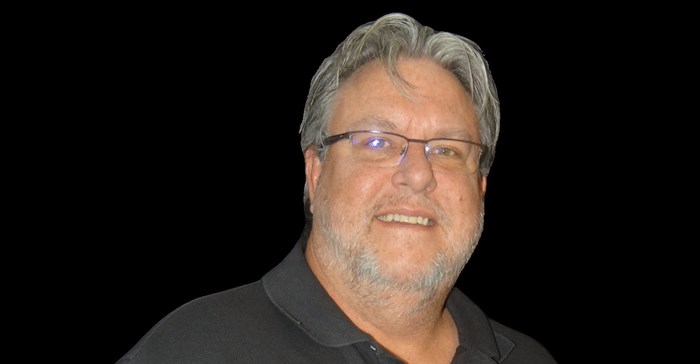
At the time of writing, South Africa is enjoying a brief respite from load shedding. The relief is palpable as lights reliably illuminate our spaces when needed, providing a much-needed break for the economy.
However, a quick look at the energy supply versus demand reveals that while there is enough supply during daylight hours, costly open-cycle gas turbines are required to operate as “emergency reserves” from 6pm to 9pm.
Despite the apparent stability, South Africa’s energy security is far from guaranteed. There seems to be a lack of understanding that solar energy alone cannot ensure energy security in South Africa without a corresponding investment in battery energy storage systems (BESS).
Unless there is a shift in this understanding, the current situation will persist, regardless of the scale of investment in solar energy.
To understand the problem, let’s look at Nersa’s warning. There was a R7,8bn investment in solar power generation facilities, including three commercial solar generation facilities at a value of R1,7bn, in the last quarter of 2023. The regulator says that only 1MW or R4m was invested in batteries.
Many people should understand why this is a problem, even though it is only half the problem. Solar panels are nothing but roof tiles at night or when the sun isn’t shining. When the sun shines, they are wonderful tools able to convert solar energy into electricity.
However, this is only possible for half of a day at best, but most likely for about six hours (assuming the sun is shining), because the rest of the daylight hours would be winding up and down.
If there are no batteries, none of the electricity being produced is saved. But why is this a problem, someone may ask? They could argue that the grid needs that electricity so get it into the system.
When the grid needs the power, then yes, it should get into the system but what happens when the grid doesn’t need the power?
Imagine the country is in stage four or stage six load shedding and it is running all day. In this scenario, the grid would place a demand on the solar site and power produced would be fed into the grid.
Everyone would appear to be happy. It is precisely here that the fundamental misconception needs to be addressed so that investors and the government can take BESS seriously.
Nersa said that in the last three months of last year, it registered three solar commercial solar generation facilities with a capacity of 77MW. Imagine one of them is a 50MW facility.
If you have a 50MW solar plant, it doesn’t simply produce 50MW and plough it into the grid when the sun is shining. It produces what is demanded of it – and so if the grid is not under immense pressure, such as at the time of writing, and demands, say, 1MW, the solar installation will just produce 1MW.
What happens to the other 49MW? That remaining power is merely hypothetical. Or, in South African parlance, it is urinated down the proverbial drain.
However, if you had a bank of batteries and an inverter that were configured for a 50MW facility, and you took the same 50MW solar field, the situation would be radically different. If the grid demands 25MW, then 25MW would be fed into the grid and 25MW would be pumped into the batteries for storage. Instead of simply being wasted.
This means that during the peak times of 6am to 9am and 6pm to 9pm, the stored energy, sitting in the batteries, could be called on to satisfy the shortfall in Eskom’s generation capacity. The saved power could also be called on during the night.
This is not happening.
Instead, everyone and their uncle is talking about developing solar farms but it seems as though no one is thinking about the bigger picture, which is the need for batteries.
In many ways, the problem can be viewed as the solar panel providers being the tail that is wagging the dog, whereas in reality, the battery and inverter industries should be doing the wagging as they hold the keys to solve the actual problem
The engineering behind batteries and inverters in BESS is where the real value lies and it is a tragedy that too few people realise this. All those billions of rands spent on projects without batteries represents an inordinate waste of money.
In reality, the country could have outlayed a third of the solar investment to date – for the same impact – had it added BESS to the projects.
Now think about all the investment over the past few years: Just imagine the potential of where we would have been had there been an equivalent investment in BESS, with full knowledge of the capability of properly backed-up systems to buffer against peak demand periods and higher stages of load shedding.
It is an irrefutable fact. If you install solar panels and are not adding batteries you are wasting eye-watering amounts of money and energy. Every day. And while this happens, daytime capacity may well be addressed but during peak times we must simply rely on Eskom’s current energy reserves until they break down or need to be replenished.